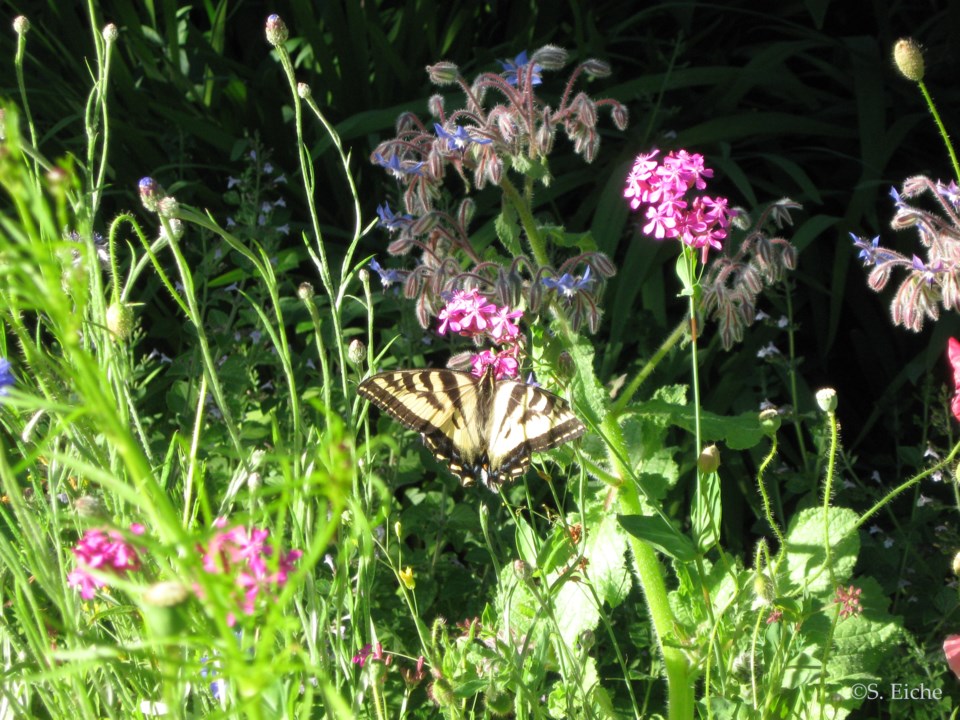The title of the Oscar-winning film, Everything Everywhere All at Once, sums up what I feel is happening just now with artificial intelligence. In 2021 Open AI introduced DALL-E, followed in September 2022 by DALL-E 2, which generate images from text descriptions. Two months later, in November, it released ChatGPT, based on GPT-3.5 – this was surpassed on March 14, 2023 by GPT-4, Open AI’s latest AI language model. A week later, on March 21, Google launched its artificial intelligence chatbot Bard.
As reported by ABC News, Sam Altman, Open AI’s CEO, believes that “GPT-4 is just one step toward Open AI’s goal to eventually build Artificial General Intelligence, which is when AI crosses a powerful threshold which could be described as AI systems that are generally smarter than humans. Though he celebrates the success of his product, Altman acknowledged the possible dangerous implementations of AI that keep him up at night.”
Fortunately, while Altman is having sleepless nights because of what may seem ‘Faustian bargains’, nature keeps moving at its natural pace, winning over ever more people who are waking up to its wonders. The increase in books, articles and media programmes about the importance of conserving, and where necessary repairing, the natural environment testifies to the energized interest in the subject.
Many countries have committed to large-scale environmental conservation and preservation projects. Furthermore, efforts to give nature special legal status, referred to as ‘rights of nature’, are spreading across the globe.
But there’s also another level of interest that’s growing – the interest of the private individual to manage their own property and garden in a way that’s more ecologically sound. In our yards and gardens, we are immersed in a small-scale, wild world. We no longer have to be scientists or specialists to understand it. Ordinary, conscientious folk like you and me are offered countless opportunities for learning how it functions. All that’s needed is the curiosity of an explorer. In 2022 Ed Yong stirred up plenty of the best kind of curiosity with his book, An Immense World. How Animal Senses Reveal the Hidden Realms Around Us.
Yong isn’t the only one opening our eyes. In the past few years, Doug Tallamy, a biologist at the University of Delaware, has been revealing a world many of us have never seen, or have chosen (unwisely) to ignore. His writings focus on the US, but his arguments are universally applicable.
Insects have become Tallamy’s favourite subject matter. He follows the biologist E.O. Wilson in claiming that without insects (“the little things that run the world,” said Wilson), humans would be doomed. The way to ensure our survival is to ensure the survival – rather than the annihilation – of bugs. Instead of maintaining a lawn (ecologically speaking, a lawn is no better than a parking lot) and decorating our yard with non-native plants, which don’t fit into the food supply chain for our insects, we should be reducing our lawn area substantially, avoiding monocultures, and aiming for biodiversity with native plants. The bugs feeding on native plants will, in turn, sustain other wildlife.
Tallamy believes strongly in the benefits of caterpillars. He noticed that these insects were missing from non-native plants, exotics that eventually became invasive. Caterpillars are one of the most important foods for birds when they’re raising their young. Tallamy uses the example of the chickadee. Before their nestlings fledge, chickadees will have fed them with anywhere from 6,000 to 9,000 caterpillars. One caterpillar can be as nutritious as 200 aphids. They’re soft insects, easy to stuff down a nestling’s throat, easy to digest, and they contain carotenoids, which provide the pigments for their feathers.
I know from my own experience that seeing caterpillars chomping on the leaves of a tree can arouse a strong negative emotion. But from now on I’m going to deal with it by following Tallamy’s Ten-Step Program: “Take ten steps back from the trunk and all your insect problems go away.”
You may be wondering what AI and bugs have to do with Aesop’s fable of the hare and the tortoise. Well, the hare was very fast and was sure it could outrun the tortoise. It was so self-confident that it took a nap during the race. The tortoise plodded on, without stopping, and won the race. The hare was brought down by hubris. The unassuming tortoise moved forward, slowly and steadily.
Sabine Eiche is a local writer and art historian with a PhD from Princeton University. She is passionately involved in preserving the environment and protecting nature. Her columns deal with a broad range of topics and often include the history (etymology) of words in order to shed extra light on the subject



